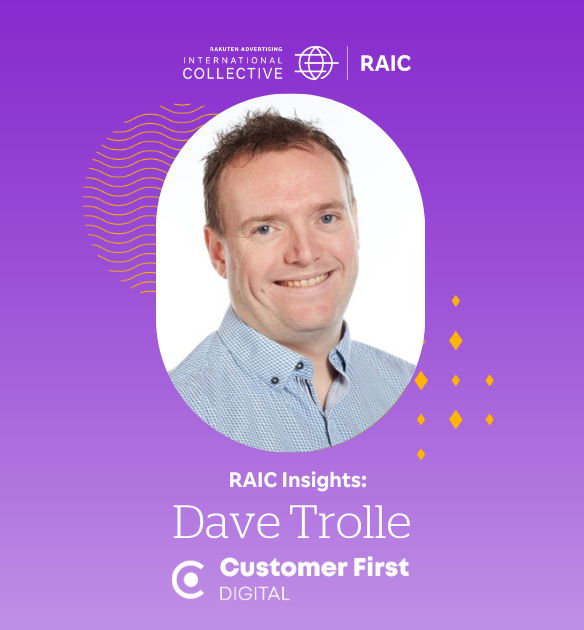Commissioning Strategies: Providing Publisher Incentives That Align with Brand Objectives
In 2019, our affiliate product team released features that expanded an advertiser’s ability to create variable commissioning structures for their offers.

By giving advertisers greater flexibility, it allowed them to better control their costs as well as offer transparency to publishers on what they need to do to support a brand’s business objectives. In a very short time, we have seen adoption and success with this new capability. We currently have 35 commissionable fields that advertisers can choose from, resulting in over 5,000 offers and 95,000 orders using a dynamic commissioning strategy.
We sat down with our senior product manager Kris Neese to get an update on the latest improvements that are being released this quarter.
What are the most recent innovations to our commissioning tools that can help our partners?
Our biggest changes revolve around allowing our advertisers much more creativity and flexibility when building their commissioning rules. We’re covering such a broad range of verticals like retail, beauty, travel, and finance that a one-size-fits-all approach simply won’t cut it.
That flexibility starts with the fields they can commission on. We have 35 different commissionable fields ranging from optional transaction data like category, brand, and customer status to more common transaction data like SKU and product name.
The creativity comes in with how our advertisers use that data to shape their program. We recently launched “qualifiers” that enable an advertiser to use terms like greater than, less than, begins with, and “contains” to build out their rules. We also offer “combination rules” so our clients can combine two fields to build a rule like “when customer status is new and product category is wedding registry, pay…”.
If an advertiser is looking for new ways to incentivize their affiliates, the tools are all here.
What is the most critical component to ensuring a successful commissioning strategy?
Send us as much data as you can. When advertisers include anonymized customer data, store information, and product attributes when reporting transactions, we immediately integrate into our reporting interface and our internal analytics tools. That data takes your affiliate strategy to the next level as you begin to understand the value (beyond raw revenue) that different publishers are delivering.
What are the most common use cases that you have seen clients employ dynamic commissioning for campaigns?
Many of our advertisers start in the tool by implementing some measures to protect their margins. They are reducing commissions on things like clearance items, gift cards, and low margin items that aren’t driving much value in their program.
However, the smart advertisers are using Dynamic Commissioning to incentivize publishers to send them the best customers and to help them sell high margin products. By telling publishers which attributes of a sale are valued the most, and backing that up with a commission increase, we’ve seen merchants and publishers benefit from this increased transparency.
Online wine retailer Wine Access is a great example of this. The company created a tiered commission strategy to focus squarely on new customer acquisition. Working closely with Rakuten Advertising and their affiliate marketing agency AMDX, they developed a new messaging and offer strategy to encourage first-time buyers to test out the Wine Access experience.
Within five months of implementing this new strategy, Wine Access’s program experienced a noticeable lift in new customer acquisition, consistently accounting for around 20-30% of total monthly revenues in the affiliate channel and a 131% increase in new customers from October 2019 to February 2020.
For this reason, the shift to Dynamic Commissioning was a win-win: Wine Access found a new way to generate awareness with wine connoisseurs—some who may have never tried or heard of the brand before—while publishers could now earn higher commissions for each new customer brought to the brand.
What other success have you seen?
In addition to the obvious benefits of commissioning flexibility and incentivizing publishers, we have received very positive feedback on how this has eliminated some outdated and time-consuming processes. Managing SKU lists and updating offers was a major pain point for many of our advertisers. The commissioning list technology behind our new system is a much-appreciated time saver. Above all, this feature opens the door to advertisers to create incentives for publishers that will allow them deliver top notch sales for their partners and show an even greater value to helping a brand achieve their business objectives.
Ready to start revving up your affiliate marketing program? Get in touch with us today.


